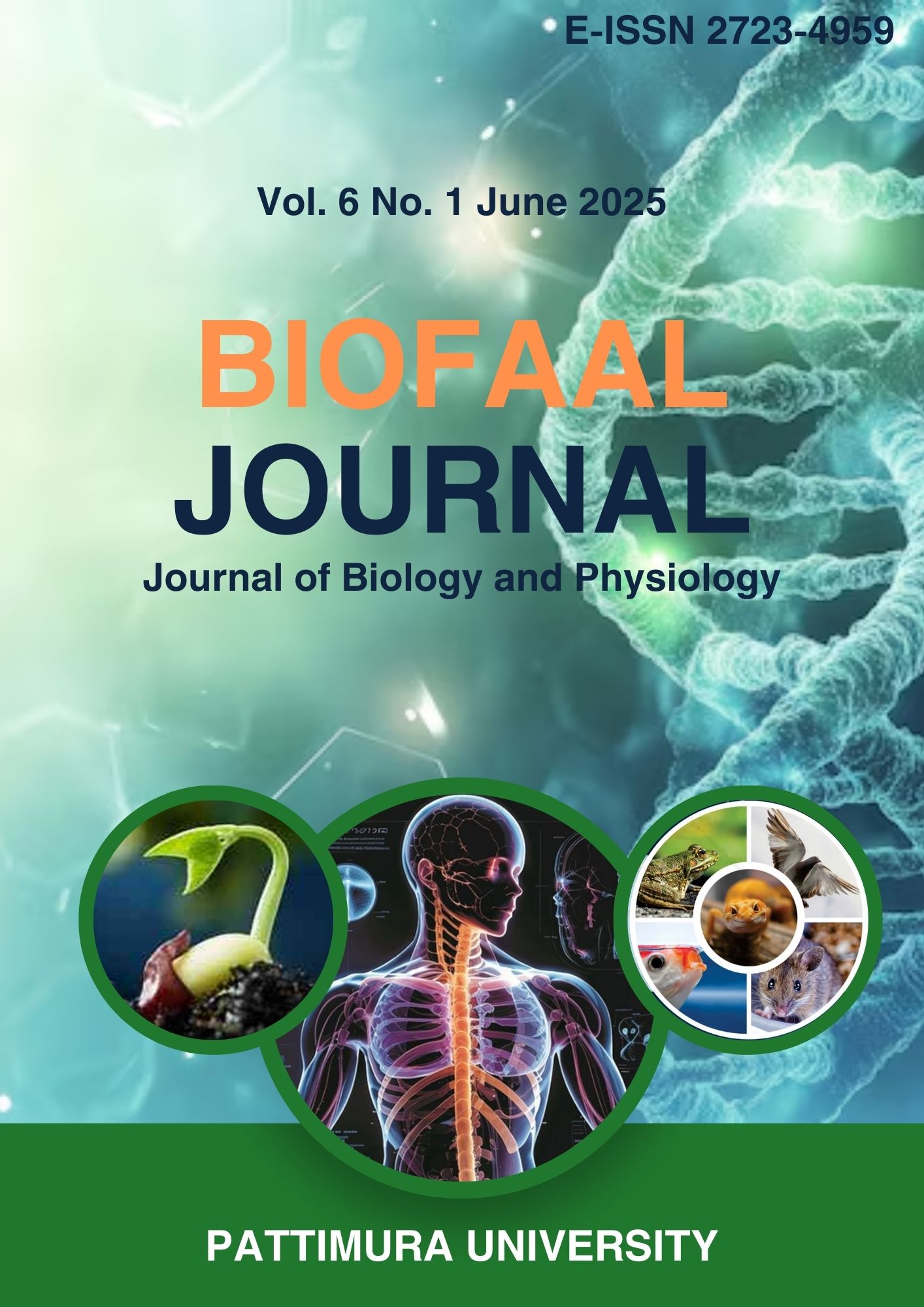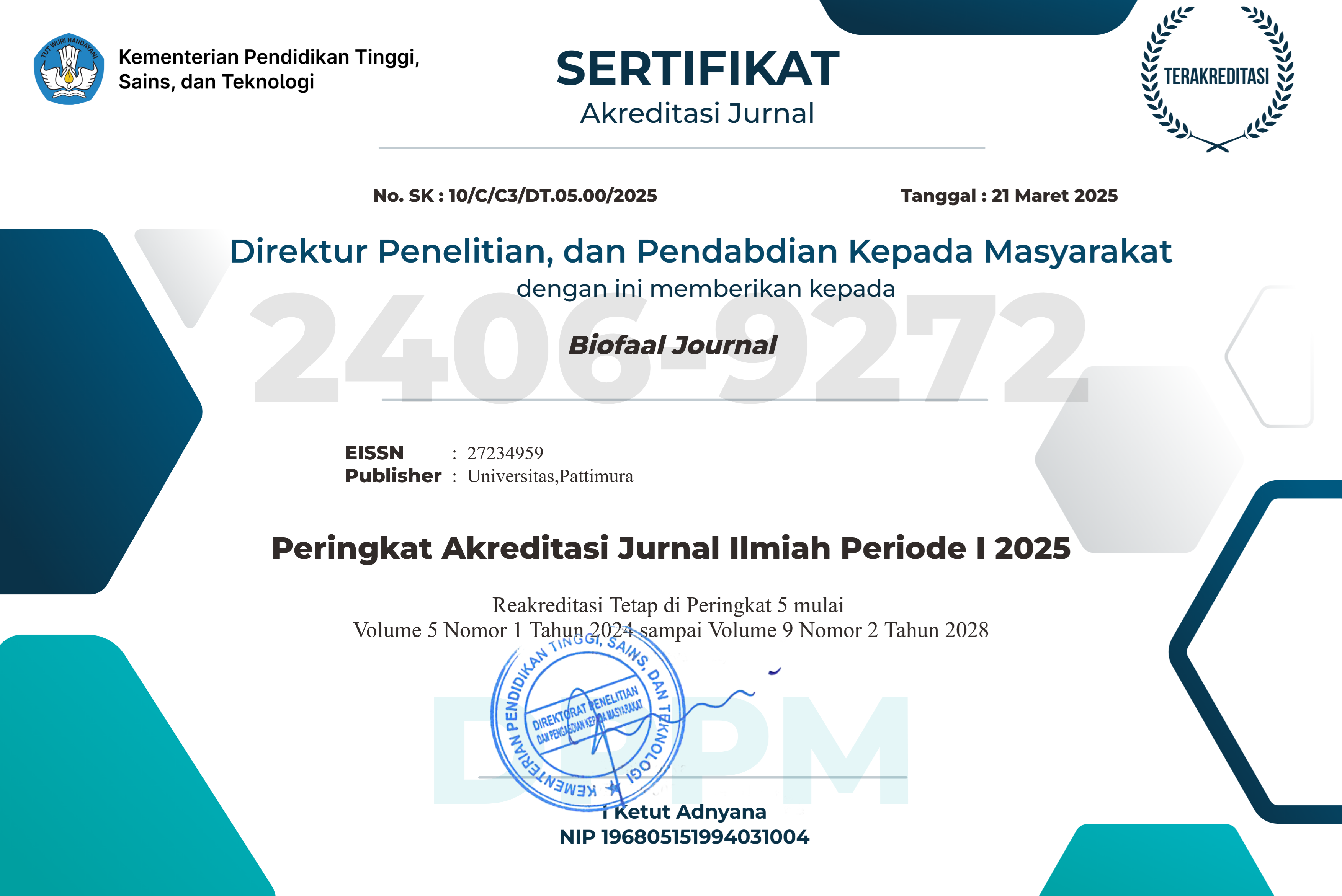Carcass and Prime Cut of Brahman Cross Steers at Different Age Levels
Abstract
This study aimed to evaluate the effect of age on carcass yield and prime cuts in steer Brahman Cross (BX) cattle. The research was conducted from September 2 to 22, 2015, at PT Cianjur Arta Makmur slaughterhouse, Cianjur Regency, West Java. A total of 68 steer BX cattle were used, divided into four age groups based on permanent incisor eruption: PI0 (<18 months, n=15), PI2 (18–24 months, n=19), PI4 (>24–36 months, n=21), and PI6 (>36–42 months, n=13). Measured variables included slaughter weight, hot carcass weight, cold carcass weight, carcass percentage, and prime cut yields (tenderloin, striploin, cube roll). Data were analyzed using one-way ANOVA. The results showed no significant differences (p>0.05) among age groups in terms of slaughter weight (507.07 ± 44.58 kg), hot carcass weight (287.97 ± 23.85 kg), cold carcass weight (273.31 ± 23.57 kg), carcass percentage (53.95 ± 1.92%), and prime cut weights: tenderloin (3.73 ± 0.39 kg), striploin (10.27 ± 1.28 kg), cube roll (5.01 ± 0.61 kg). Although age did not significantly affect carcass and cut yields, the highest retail sales value was observed in PI2 cattle at Rp23,110,648. These findings suggest that while age level does not significantly influence carcass or prime cut weights, economic returns may vary based on carcass composition and retail pricing.
Downloads
Copyright (c) 2025 Anggun Sari Permata, Hasman Hasman, Hasrin Hasrin, Asmaul Fitria Nur Hidayah, Sri Helda Wulandari, Syamsuddin Syamsuddin, M Fadlirrahman Latief

This work is licensed under a Creative Commons Attribution-NonCommercial-ShareAlike 4.0 International License.
1. Author retain copyright and grant the journal right of first publication with the work simultaneously licensed under a creative commons attribution license that allow others to share the work within an acknowledgement of the work’s authorship and initial publication of this journal.
2. Authors are able to enter into separate, additional contractual arrangementfor the non-exclusive distribution of the journal’s published version of the work (e.g. acknowledgement of its initial publication in this journal).
3. Authors are permitted and encouraged to post their work online(e.g. in institutional repositories or on their websites) prior to and during the submission process, as it can lead to productive exchanges, as well as earlier and greater citation of published works.








